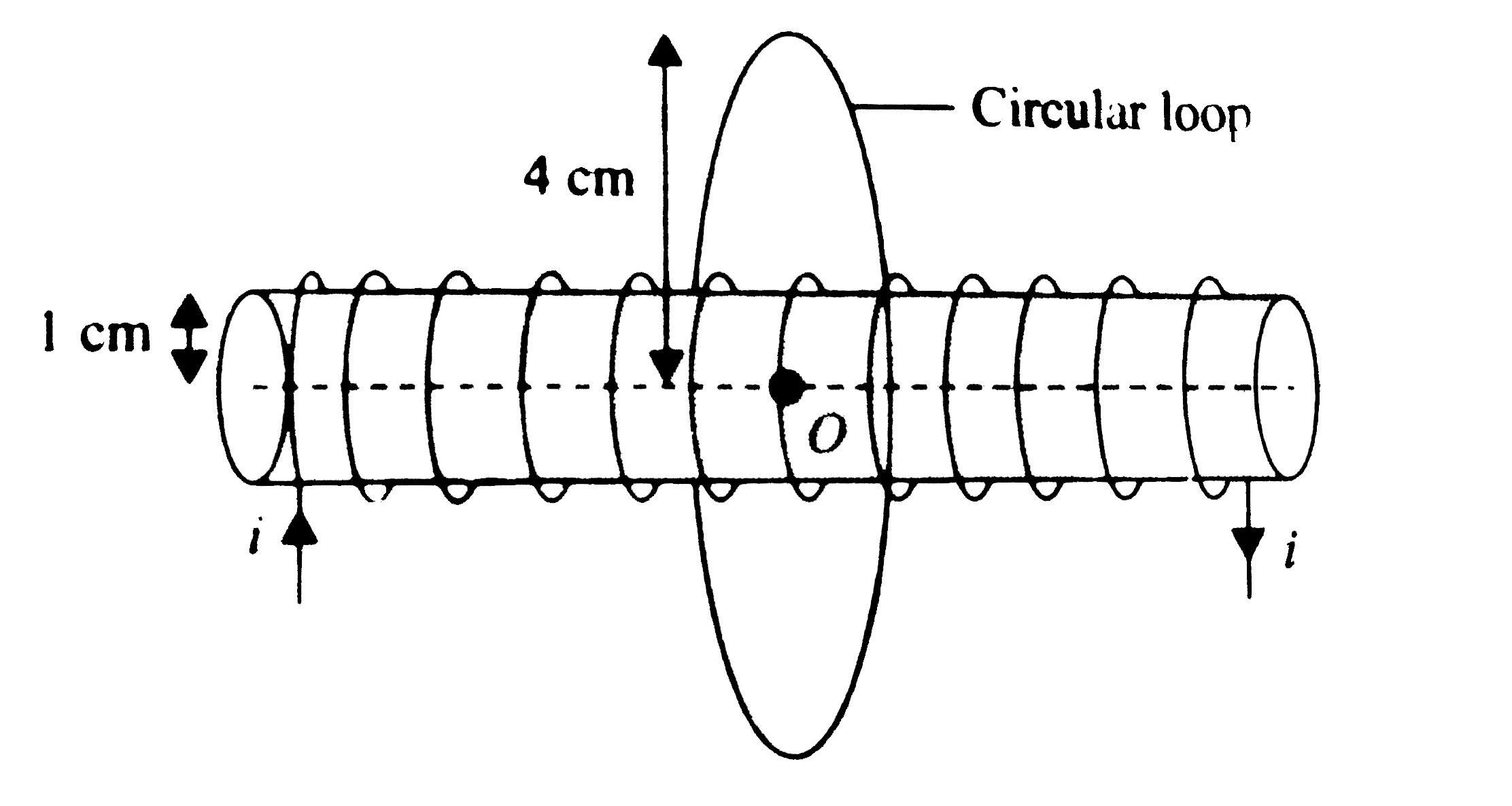दिए गए रेखा - युग्म
→r=3ˆi+2ˆj−4ˆk+λ(ˆi+2ˆj+2ˆk)
और →r=5ˆi−2ˆj+μ(3ˆi+2ˆj+6ˆk)
के मध्य कोण ज्ञात कीजिए
cos−1(192)
cos−1(1921)
cos−1(197)
cos−1(1913)
The correct Answer is:B
Step by step video & image solution for दिए गए रेखा - युग्म vecr = 3 hati + 2 hatj - 4 hatk + lamda ( hati + 2hatj + 2hatk ) और vec r = 5 hati - 2hatj + mu( 3hati + 2hatj + 6 hatk ) के मध्य कोण ज्ञात कीजिए by Maths experts to help you in doubts & scoring excellent marks in Class 12 exams.
Updated on:21/07/2023Topper's Solved these Questions
- त्रि - विमीय ज्यामिति BOOK - NCERT HINDICHAPTER - त्रि - विमीय ज्यामिति EXERCISE - प्रश्नावली 11.1
5 Videos
- त्रि - विमीय ज्यामिति BOOK - NCERT HINDICHAPTER - त्रि - विमीय ज्यामिति EXERCISE - प्रश्नावली 11.2
17 Videos
- गणितीय मॉडलिंगBOOK - NCERT HINDICHAPTER - गणितीय मॉडलिंगEXERCISE - उदहारण
7 Videos
- पूरक पाठय सामग्री BOOK - NCERT HINDICHAPTER - पूरक पाठय सामग्री EXERCISE - प्रश्नावली 10.5
7 Videos
Similar Questions
यदि एक रेखा x, y और z - अक्ष के साथ क्रमशः 90∘,135∘,45∘ के कोण बनाती है तो इसकी दिक्-कोसाइन ज्ञात कीजिए |
View Solutionदर्शाइए कि दिक्-कोसाइन 1213,−313,−413,413,1213,313,313,−413,1213 वाली तीन रेखाएँ परस्पर लंबवत है |
View Solutionगणितीय निर्देशन के प्रयोग द्वारा एक दी गई मीनार की ऊंचाई ज्ञात कीजिये !
View Solutionयदि →a=ˆi−2ˆj+3ˆk,→b=2ˆi−3ˆj+ˆk और c=3ˆi+ˆj−2ˆk, है , तो [→a→b→c] ज्ञात कीजिए l
View SolutionFind the angle between the lines →r=(ˆi+ˆj)+λ(3ˆi+2ˆj+6ˆk) and →r=(ˆi−ˆk)+μ(ˆi+2ˆj+2ˆk)
View Solutionनिम्नलिखित रेखा-युग्मों के बीच का कोण ज्ञात कीजिए :
(i) →r=2ˆi−5ˆj+ˆk+λ(3ˆi+2ˆj+6ˆk) और
→r=7ˆi−6ˆk+μ(ˆi+2ˆj+2ˆk)
(ii) →r=3ˆi+ˆj−2ˆk+λ(ˆi−ˆj−2ˆk) और
→r=2ˆi−ˆj−56ˆk+μ(3ˆi−5ˆj−4ˆk)
View SolutionThe line through ˆi+3ˆj+2ˆk and perpendicular to the lines →r=(ˆi+2ˆj−ˆk)+λ(2ˆi+ˆj+ˆk) and →r=(2ˆi+6ˆj+ˆk)+μ(ˆi+2ˆj+3ˆk) is
View Solutionरेखायुगमो
→r=(ˆi+ˆj)+λ(3ˆi+2ˆj+6ˆk) और
→r=(ˆi−ˆk)+μ(ˆi+2ˆj+2ˆk) के मध्य का कोण ज्ञात कीजिये |
View Solutionसमतल →r=(ˆi−ˆj)+λ(−ˆi+ˆj+2ˆk)+μ(ˆi+2ˆj+ˆk)+μ(ˆi+2ˆj+ˆk) को अदिश गुणन के रूप में परिवर्तित कीजिए |
View Solutionनिम्नलिखित रेखा - युग्मो के बीच का कोण ज्ञात कीजिए :
→r=2ˆi−5ˆj+ˆk+λ(3ˆi+2ˆj+6ˆk) और
→r=7ˆi−6ˆk+μ(ˆi+2ˆj+2ˆk)
View SolutionThe value(s) of μ for which the straight lines →r=3ˆi−2ˆj−4ˆk+λ1(ˆi−ˆj+μˆk) and →r=5ˆi−2ˆj+ˆk+λ2(ˆi+μˆj+2ˆk) are coplanar is/are :
View SolutionFind the shortest distance between the lines
→r=3ˆi+2ˆj−4ˆk+λ(ˆi+2ˆj+2ˆk)and→r=5ˆi−2ˆj+μ(3ˆi+2ˆj+6ˆk)
If the lines intersect find their point of intersection
View SolutionFind the shortest distance between the lines
→r=(−ˆi+5ˆj)+λ(−ˆi+ˆj+ˆk) and →r=(−ˆi−3ˆj+2ˆk)+μ(3ˆi+2ˆj+ˆk)
View SolutionA long solenoid having n = 200 turns per metre has a circular cross-section of radius a1=1cm. A circular conducting loop of radius a2=4cm and resistance R=5(Ω) encircles the solenoid such that the centre of circular loop coincides with the midpoint of the axial line of the solenoid and they have the same axis as shown in Fig.

A current 't' in the solenoid results in magnetic field along its axis with magnitude B=(μ)ni at points well inside the solenoid on its axis. We can neglect the insignificant field outside the solenoid. This results in a magnetic flux (ϕ)B through the circular loop. If the current in the winding of solenoid is changed, it will also change the magnetic field B=(μ)0ni and hence also the magnetic flux through the circular loop. Obvisouly, it will result in an induced emf or induced electric field in the circular loop and an induced current will appear in the loop. Let current in the winding of solenoid be reduced at a rate of 75A/sec.
When the current in the solenoid becomes zero so that external magnetic field for the loop stops changing, current in the loop will follow a differenctial equation given by [You may use an approximation that field at all points in the area of loop is the same as at the centre
View SolutionVectors perpendicular toˆi−ˆj−ˆk and in the plane of ˆi+ˆj+ˆkand−ˆi+ˆj+ˆk are (A) ˆi+ˆk (B) 2ˆi+ˆj+ˆk (C) 3ˆi+2ˆj+ˆk (D) −4ˆi−2ˆj−2ˆk
View Solution
